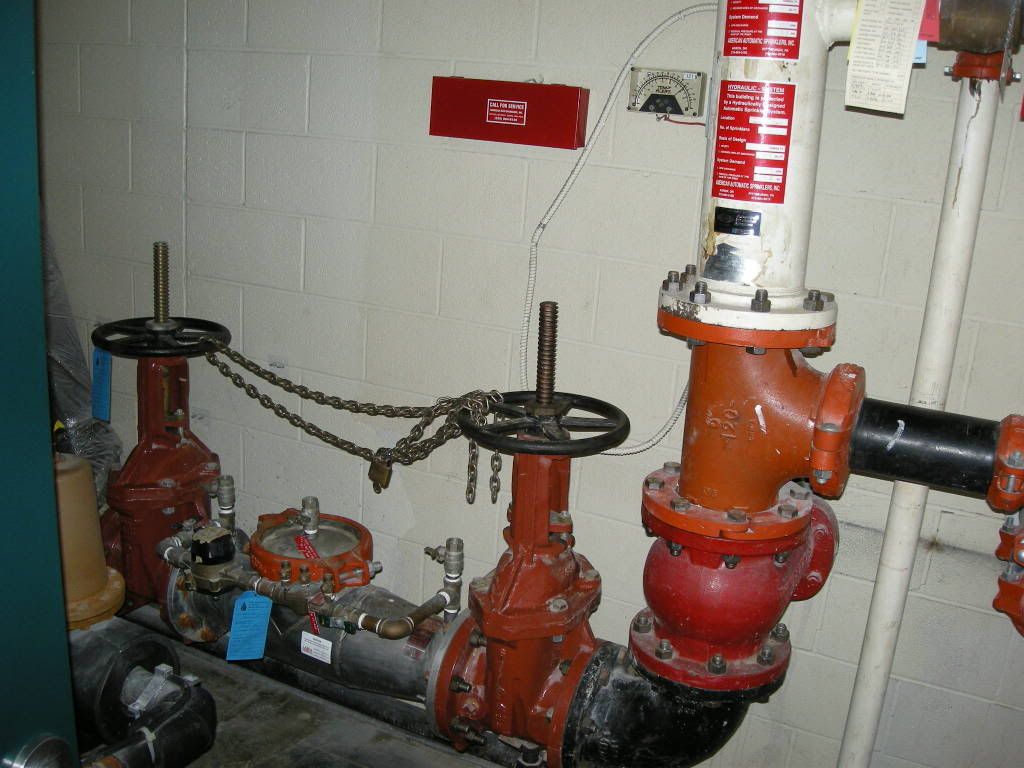Water Supply

Water is an important part of nature which surrounds us and of those natural conditions, we are changing constantly and ever more intensively: the flora, the soil, the mountains, mineral resources, the deserts, the marshes, the steppes and the taiga.Water passes through a very interesting natural cycle.The atmosphere which surrounds the earth's surface contains water which varies in amount in direct proportion to the temperature of its gases. Water is also evaporated into atmosphere.Atmosphere which has become saturated with water precipitates its moisture when the temperature lowers. This phenomenon is termed rainfall. The moisture falls to the earth and finds its way into a number of reservoirs.provided by nature. Vast depressions in the earth are filled with water through the medium of natural water sources such as rivers lakes, etc. over the earth's surface. These bodies of water are classified as inland lakes and are excellent sources of water. Sometimes the rainfall finds its way into the soil and forms water bodies at various levels because of the impervious nature of the undersoil. Often a water body deep in the soil consists of a sand or gravel stratum which connects or empties into the basin of an inland lake and provides a splendid source of water supply through the medium of a drilled well. Man uses water for domestic and sanitary purposes and returns it to the source through sewage disposal system. Industry likewise replaces water diverted to its use. Hence the cycle is completed but it is of prime importance that the supply be protected against pollution, for if it fouls no one can predict how disastrous may be the results. An adequate supply of pure, wholesome and palatable water is essential to the maintenance of high standards of health and to provide the convenience modern society demands. In some localities water is available in unlimited quantities and converting it to use is not a difficult problem. This is especially true of towns situated on large inland lakes or rivers. On the other hand there are cities where geographical location requires elaborate systems of water supply, and to provide a satisfactory supply of water in these localities becomes a large engineering task. The importance of a sufficient supply of water for domestic and industrial purpose has long been a deciding factor in the location of cities. The earliest settlers realized this need and took advantage of natural water sources by establishing colonies in close proximity to them. Water may be taken from any sources of water for human consumption after it has undergone a preliminary treatment to assure its purity. As man's communities grew in population, the demand for water increased and the need for protection of the source of water supply against the possibility of contamination became evident. Progress and civilization have called for elaborate and various systems and methods of water treatment.
Other posts:

